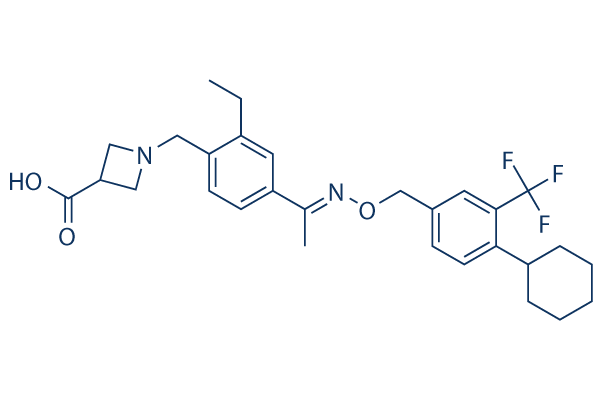Routes of
administration By mouth Synonyms BAF-312 PubChem CID 44599207 Molar mass 516.26 g/mol | ATC code None CAS Number 1230487-00-9 ChemSpider 29315058 | |
 | ||
Siponimod shows promise for secondary progressive multiple sclerosis
Siponimod (INN, code name BAF312) is a selective sphingosine-1-phosphate receptor modulator for oral use that is an investigational drug for multiple sclerosis (MS). It is intended for once-daily oral administration.
Contents
- Siponimod shows promise for secondary progressive multiple sclerosis
- Gavin talks about the results of the siponimod trial
- Clinical trials
- Approvals and indications
- Mechanism of action
- References
As of January 2016 it is in a phase III clinical trial for secondary progressive MS due to complete December 2016.
Gavin talks about the results of the siponimod trial
Clinical trials
(June 8, 2009) It is in Phase II trial. "A back-up compound for fingolimod, BAF 312" is in Phase II studies. It is being tested for the first time on people having multiple sclerosis. Worldwide 275 patients will participate in this phase II trial the outcome of which is to establish what the optimal dosage of BAF312 is for patients affected with multiple sclerosis for use in further trials. In order to identify "the optimal dosage", participants in group I will be randomly selected to take either placebo, or BAF312 in doses of 0.5 mg/day, 2 mg/day, or 10 mg/day and will be regularly controlled in order to measure and determine the effectiveness, the tolerability and the safety of the dosages.
A phase III trial should run from December 2012 to December 2016.
Approvals and indications
None yet
Mechanism of action
Siponimod binds selectively to some of the Sphingosine-1-phosphate receptor forms — including Sphingosine-1-phosphate receptor 1 — found on lymphocytes and other cell types.
This binding inhibits the migration of the lymphocytes to the location of the inflammation (e.g. in MS).
Siponimod may be very similar to fingolimod but preventing lymphopenia, one of its main side effects, by preventing egress of lymphocytes from lymph nodes. Siponimod may be more selective in the particular sphingosine-1-phosphate receptors (8 in number) that it modulates. It is selective for the -1 and -5 SIP receptors.
